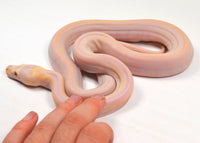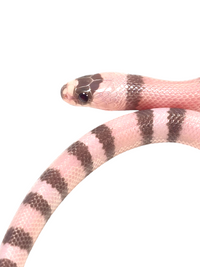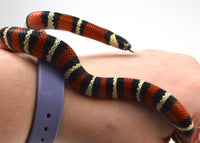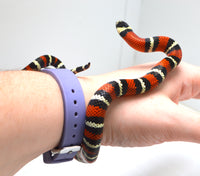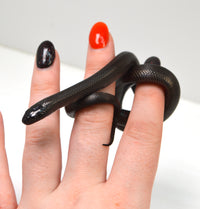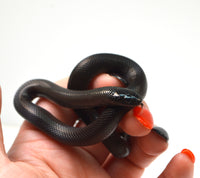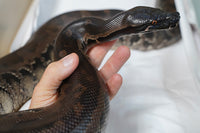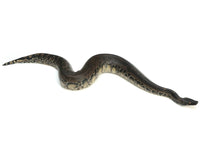Corn Snake FAQs - How To Take Care Of A Corn Snake
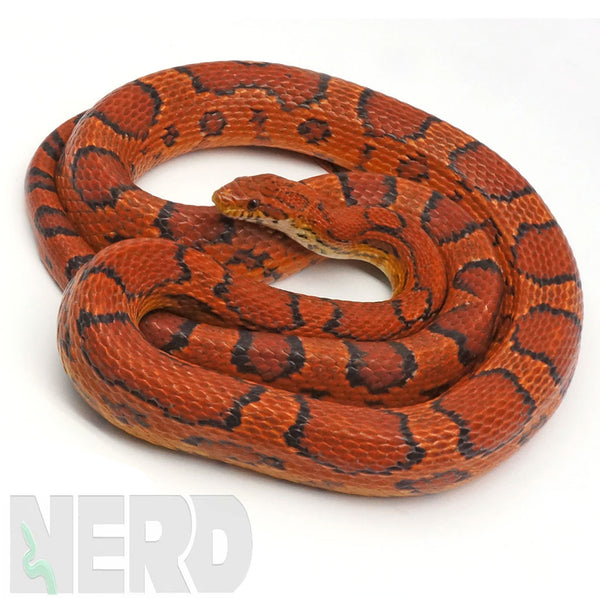
Corn Snake Information
Common Name: Corn Snake
Scientific Name: Pantherophis Guttatus
Family: Colubrid
AKA: “Corns” “Red Rat snakes”
General Corn Snake Information
Distribution:
North America - Corn snakes range from Louisiana, through the southern United states, all the way north to south-central New Jersey.
Wild Status:
Corn snakes are not listed as protected, although they are losing much of their habitat in and many populations are being isolated by development. Roadways invade most of this animal’s habitat which results in a high mortality.
Description:
Corn snakes are long, slender colubrids with a defined head that is noticeably wider than the neck. Typical coloration consists of a tan, yellowish, orange or red ground color, with somewhat square, red, orange, or brown dorsal blotches bordered in black. The ventral surface is white or cream in color.
While young corn snakes may be somewhat squirmy or defensive, with care and gentle handling most easily mature into calm, docile adults.
Corn Snake Size:
Hatchlings: approximately 8 – 10″.
Adult size: Typically 3 – 5′ at maturity.
Lifespan: 15 Years
Corn snakes may live 15 years or more in captivity.
Color Mutations:
Corn snakes started the serpent color morph craze, with more varieties and combinations available than in any other snake species. Corn snake mutations include:
|
T- albino |
Sunglow albino |
|
Creamsicle |
Candycane |
|
“Black albino” (Type A anerythristic) |
Charcoal (Type B anerythristic) |
|
Lavender, |
Snow |
|
Green-blotched Snow |
Butter |
|
Blizzard |
Hypomelanistic |
|
Ghost |
Zigzag |
|
Bloodred |
Albino Bloodred |
|
and many, many more! |
|


